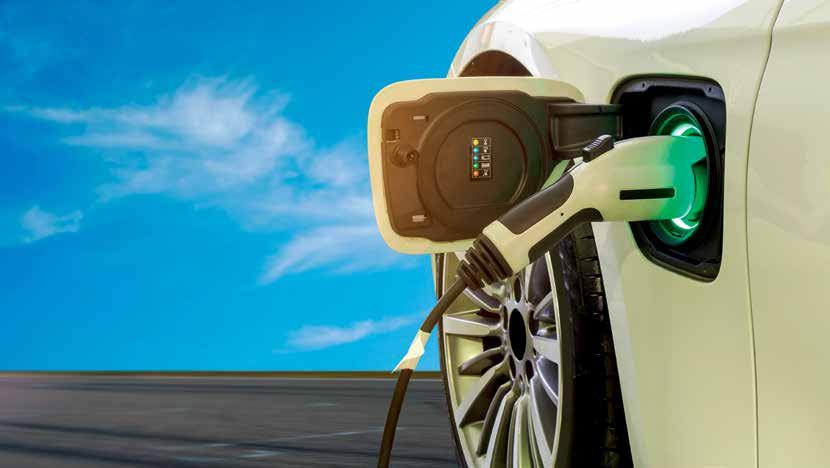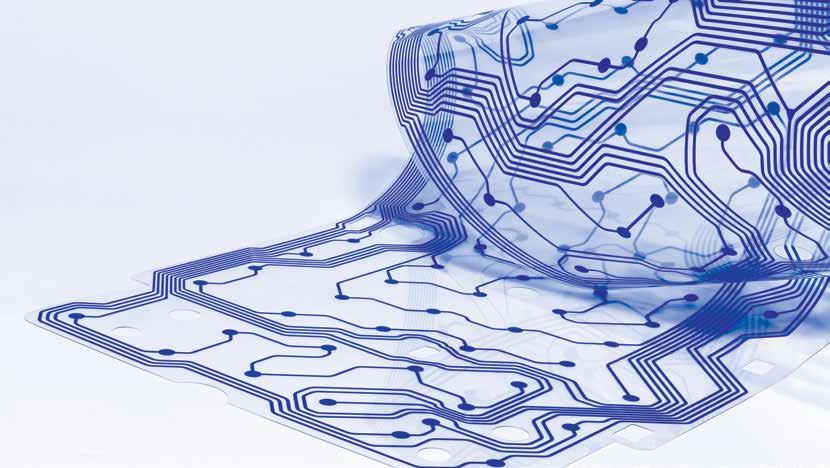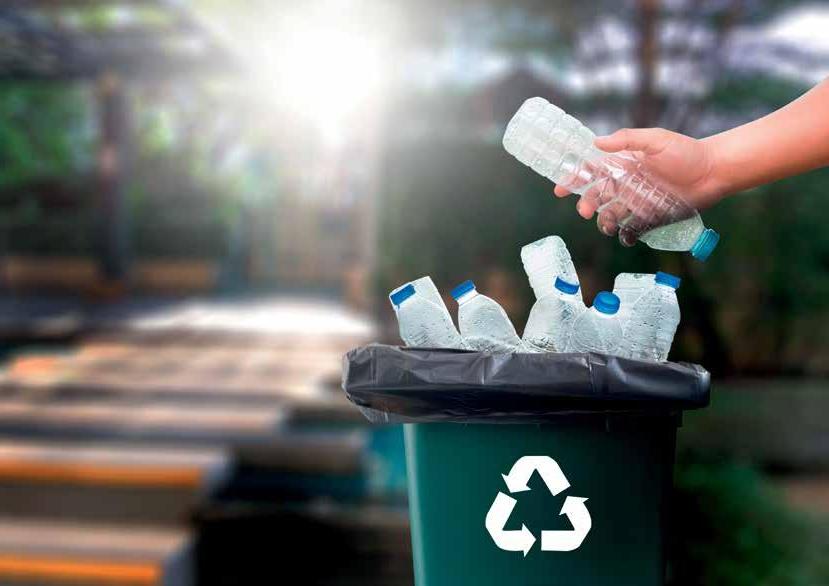
6 minute read
Plastics are indispensable
Plastics have become a part of everyday life, increasing our comfort, convenience, and safety – they can be found almost everywhere, from food packaging through garden, kitchen, and living room furniture, as well as electric and electronic equipment, to clothing and sports gear. Strong, lightweight, and easy to process and form, plastics are used in thousands of everyday products. Even though they have now become subject to mass criticism, the majority of critics admit that, after thoroughly considering the matter, they do not aim to completely ban the use of plastics. They are simply expressing their opposition to the big environmental pollution caused by plastic waste, because it is the excessive and unreasonable use of cheap disposable plastic products and lack of waste management which pose the real problem. Therefore, we should be blaming not plastics, but ourselves, the consumers of the plastic products which litter our environment.

Advertisement
Transportation
Light in weight and durable – these two features make plastics especially well-suited for use as construction materials in vehicles and airplanes, where they contribute to reducing weight and, consequently, decreasing fuel consumption. It may be assumed that each 100 kg reduction in car weight will cause a decrease in fuel consumption of 0.4-0.5 l/100 km 1 , which, given the average useful life of a car amounts to 150,000 km, may result in savings up of to 750 l: in other words, it can decrease CO2 emissions by 1.5 tons. This also applies to airplanes; therefore, it comes as no surprise that modern passenger airplane designs are based on plastic composites. In the Boeing 777, for example, plastics constitute over 50% of all materials used. Another feature that encourages the designers of vehicles to use plastics is their versatility: using these materials in various components increases not only the comfort but, more importantly, the safety of the passengers. Safety belts, airbags, bumpers, foam fillings in cabins to clad the metallic structure, extra durable and lightweight fuel tanks – all these components improve the safety of travelers. Thanks to plastics, the inside of a modern car looks nothing like that of several decades ago. Dashboards are covered with smooth and soft material, while the seats are made of a unique combination of polyurethane foam and synthetic polymer fabrics. To ensure the proper use of resources, more and more car parts and other structural elements in vehicles are made of recycled plastics.
1 MIT 2008. On the Road in 2035: Reducing Transportation’s Petroleum Consumption and GHG Emissions. Massachusetts Institute of Technology (2008)

Sport
Sports, whether played at a competitive or amateur level, is one area of life which has literally been taken over by plastics. Polymer materials are used for professional sports equipment that increases performance and enables records to be broken – from lightweight and extremely durable tennis rackets to breathable clothing and footwear with excellent adhesion and able to mitigate potential injuries – and sports protection equipment. For example, head protection helmets made of polycarbonate and lined with a thick layer of expanded polystyrene are now basic equipment for athletes, as well as knee, elbow, and shin protectors that prevent injuries in contact sports (football, baseball, American football, handball). Another example of the use of plastics in sport is football fields laid with artificial grass turf, which is easy to maintain, does not require watering, and, in addition, is recyclable.

Electronics
In modern consumer and professional electronic products, the light weight and diversity of these materials, combined with the possibility of using different processing techniques, has contributed to the widespread use of plastics. This is visible not only in the traditional application of plastics as a material for construction (housing) or where its excellent insulation properties are required (cables, instrumentation and electrical equipment, lighting). In completely new applications, polymer materials perform specific active functions, such as in the smartphone screens or smartwatches manufactured in the Polymer OLED technology, where they simultaneously generate images on the phone screen and constitute a convenient interface for the user (touch screen). In consumer electronics, the near future will witness polymer active elements being printed on flexible surfaces, which will open new possibilities for applications (e.g., sensors or batteries placed on the surface of the clothing or skin).

Construction and energy efficiency
Buildings in the European Union account for approx. 40% of total energy consumption and greenhouse gas emissions; therefore, improving their energy efficiency may, in the short term, result in highly significant energy savings throughout Europe, where energy generation still relies primarily on the combustion of fossil fuels (coal, crude oil, natural gas). Decreased energy demand translates into lower CO2 emissions, which in turn contributes to meeting the ambitious goal of climate neutrality. It is thanks to plastics that our houses are more and more energy efficient. Starting from such minor elements as window seals or plastic window shades through insulation systems for external walls and roofs, synthetic polymers have given us the means to preserve the energy needed to maintain comfortable temperatures in houses. The efficiency of insulation systems based on foamed polymers (EPS, XPS, PUR) has convinced even lukewarm supporters of plastics. Although their production requires energy, the benefits resulting from the energy savings provided by such insulation systems exceed energy expenditure 250-fold over the building’s lifetime. Products for the construction industry constitute an excellent field of application for recyclates. In this sector, the share of recycled materials is constantly increasing, for example in the production of films used as damp proof ceiling insulation or sewerage pipelines made of PVC.

Medicine
Over the past decades, health protection has made enormous progress, both in the treatment of once incurable diseases and, even more importantly, in their prevention. It is largely due to plastic products that an extremely high level of hygiene has been achieved. Disposable syringes and tubes for saline and other physiological fluids transfusion, sterile instruments, and other accessories used in operating rooms have helped prevent the complications and infections that used to be the bane of healthcare systems until just a few decades ago. An appropriate level of cleanliness and sterility in hospitals and medical centers is also provided by other products based on plastics, from clothing to dust-free flooring and wall linings that are easy to keep clean. Prosthetics using polymer materials are also developing rapidly. These range from lightweight tailor-made artificial limbs for individual patients through plastic components for vascular surgery (valves, stents) to a revolutionary 3D printing technology which, combined with the high availability of appropriate types of plastics, allows for the use of previously unavailable prosthesis techniques, for example in restoring parts of the skeleton (vertebrae or skull bones) lost as a result of illness or accident. Nowadays, plastics are indispensable for packaging and drug dosing, ensuring hygiene, but also the durability of individually packaged pills. Additionally, a drug may be enclosed in a special capsule, which enables suitable dosage selection. Such a solution minimizes the side effects which frequently occur when drugs must be administered in high doses in order to achieve therapeutic concentration. This is a definite advantage of modern over traditional treatment types, and offers an unequivocal benefit for patients.










